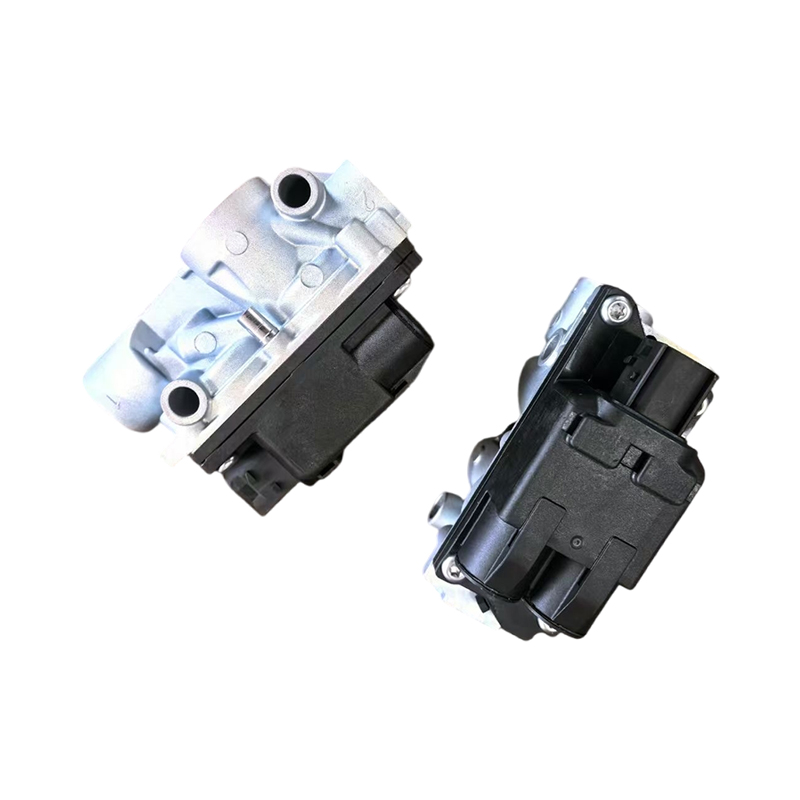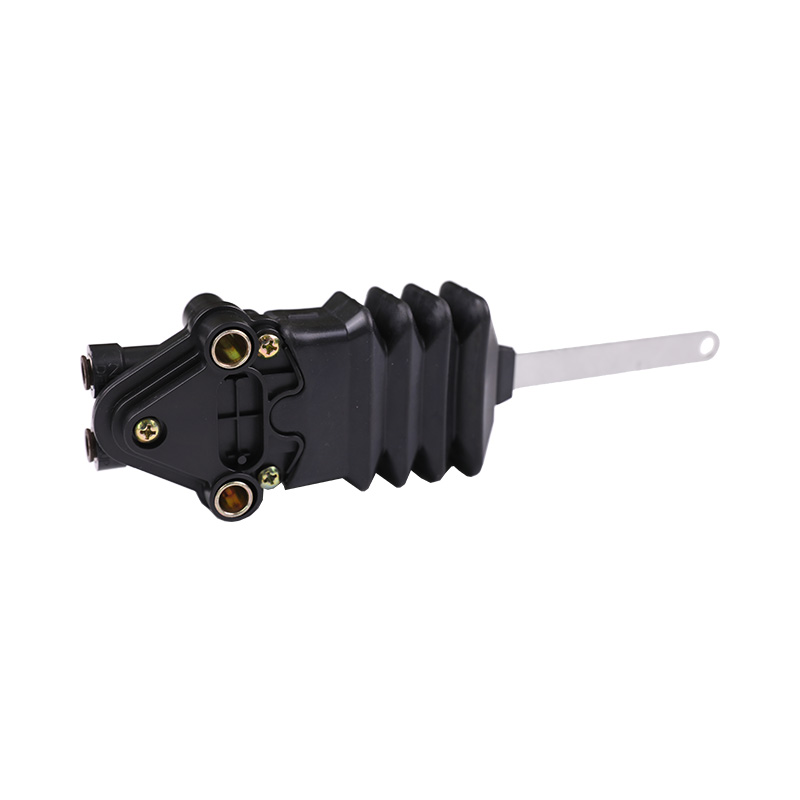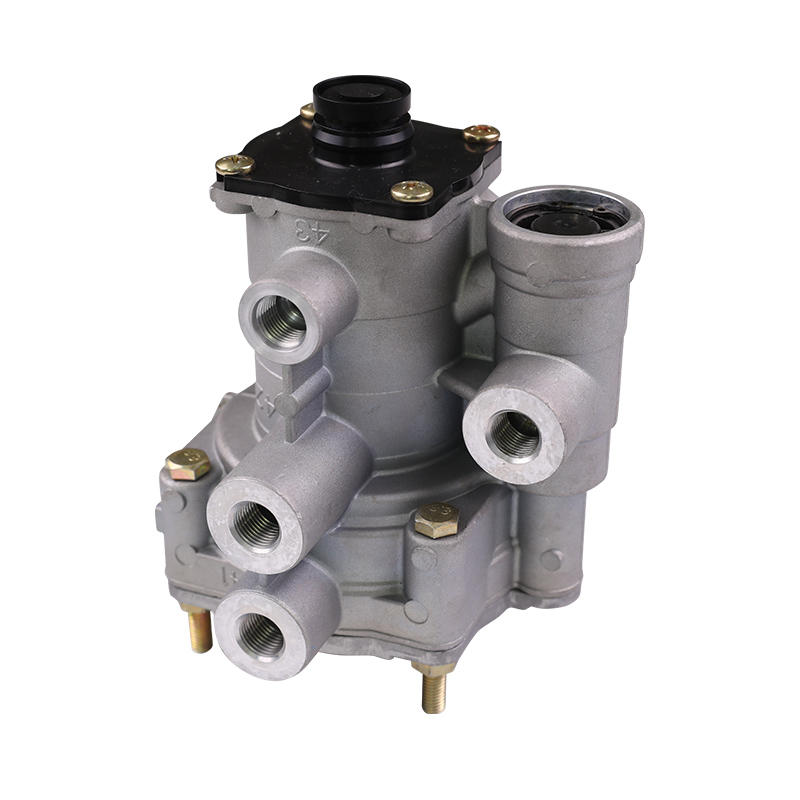I. Professional Maintenance Cycle for the Brake Foot Valve
The maintenance cycle for a Brake Foot Valve is not static; it is influenced by multiple factors including vehicle type, operating environment, mileage, and the overall health of the braking system. A professional maintenance strategy must combine "Preventive Inspection" with "Condition Monitoring."
1. Preventive Inspection: Time and Mileage Benchmarks
| Maintenance Item | Recommended Cycle | Inspection Focus |
|---|---|---|
| Routine Visual Inspection | Every service or every 15,000 km | Check connecting air lines and the protective Boot for damage or aging; inspect the pedal linkage mechanism for sticking, excessive wear, or lack of lubrication. |
| Functional Testing | Quarterly or every 50,000 km | Test Brake Response Time; measure brake release speed; evaluate progressive control capability. |
| Leakage Rate Test | Annually or every 100,000 km | Use soapy water or professional leakage detection equipment to test Static and Dynamic Leakage Rate. This is a critical indicator for predicting the Foot Valve's service life. |
| Air Quality Check | Annually | Check the pneumatic system for excessive oil or moisture accumulation. These contaminants are the primary cause of internal seal and piston sticking within the Foot Valve. |
2. Condition Monitoring: Maintenance Based on Performance Degradation
Professional maintenance management must rely on monitoring vehicle performance data. When any of the following symptoms occur, immediate deep diagnosis and maintenance of the Brake Foot Valve must be scheduled, regardless of the time or mileage limits mentioned above:
- Excessive Pedal "Dead Zone" or Abnormal Free Travel: Suggests potential excessive wear of the internal pushrod or piston, or improper adjustment.
- "Soft" Brake Feel or Delayed Response (Brake Lag): Indicates a reduction in the valve's pressure metering ability or an internal restriction.
- Persistent or Intermittent Hissing: Audible air leakage from the Exhaust Port or connections when the brake pedal is not applied or held.
II. Professional Replacement Standards for the Brake Foot Valve
The Brake Foot Valve is a precision control component within the pneumatic system. Once its performance degrades below safety thresholds, it must be immediately replaced, not merely repaired. The replacement decision should be based on the following strict professional standards.
1. Leakage Criteria: Unacceptable Static and Dynamic Leakage
The Leakage Rate is the single most critical professional criterion for determining if a Foot Valve requires replacement.
- Static Leakage: Any persistent bubble observed at the Exhaust Port or supply/delivery ports when the pedal is unapplied and the system is fully pressurized (using a soap solution test), where the bubble rate exceeds industry standards (e.g., a bubble size greater than 1 inch in 3 seconds), necessitates replacement. Persistent static leakage causes a slow drop in reservoir pressure, potentially impacting ABS/EBS function.
- Dynamic Leakage: If the brake pedal is applied and held at a specific pressure (e.g., 80 psi), and the pressure drops too quickly, or abnormal leakage is detected, it indicates that the internal main piston or seals cannot effectively maintain the pressure. The component must be replaced.
2. Performance Criteria: Failure to Meet Design Specifications
- Inaccurate Pressure Graduation: If a slight application results in a sudden, high-pressure output (overly sensitive), or a deep application results in a slow pressure rise (sluggish). This deviation in Pressure Transfer Characteristics directly compromises the driver's ability to precisely modulate braking force, potentially leading to wheel lock-up or insufficient braking.
- Incomplete Brake Release (Brake Drag): If the valve fails to vent air quickly upon pedal release, residual pressure remains in the Brake Chamber, causing the friction material to continuously rub against the drum or disc. This Brake Lag phenomenon leads to brake overheating, accelerated wear, and increased fuel consumption.
- Contamination Failure: If deep inspection reveals severe internal corrosion, oil sludge, moisture, or particulate scarring, and cleaning cannot restore the Foot Valve to its original performance specifications, the unit should be entirely replaced to prevent contamination from propagating to other pneumatic components.
3. Structural Damage Criteria
- Cracks or Deformation of the Casting Body: Any fine cracks, thread damage, or permanent deformation of the valve body resulting from improper installation torque, external impact, or long-term stress fatigue.
- Permanent Plunger/Linkage Deformation: The main pushrod (Plunger) or connecting roller shows bending, severe abrasion, or is seized.
- Severe Boot or Dust Cover Damage: If the protective Boot covering the internal mechanism is completely ruptured, contaminants (dust, water) will directly enter the valve, rapidly accelerating internal wear and sticking. Immediate replacement is required in such cases.
Strict adherence to these Brake Foot Valve maintenance cycles and replacement standards is not only essential for ensuring road safety but also fundamental for maintaining the highly efficient and reliable operation of the entire Air Brake System. Professional vehicle maintainers and fleet managers must treat the Foot Valve as a critical safety component, requiring regular, professional performance testing and condition assessment.






